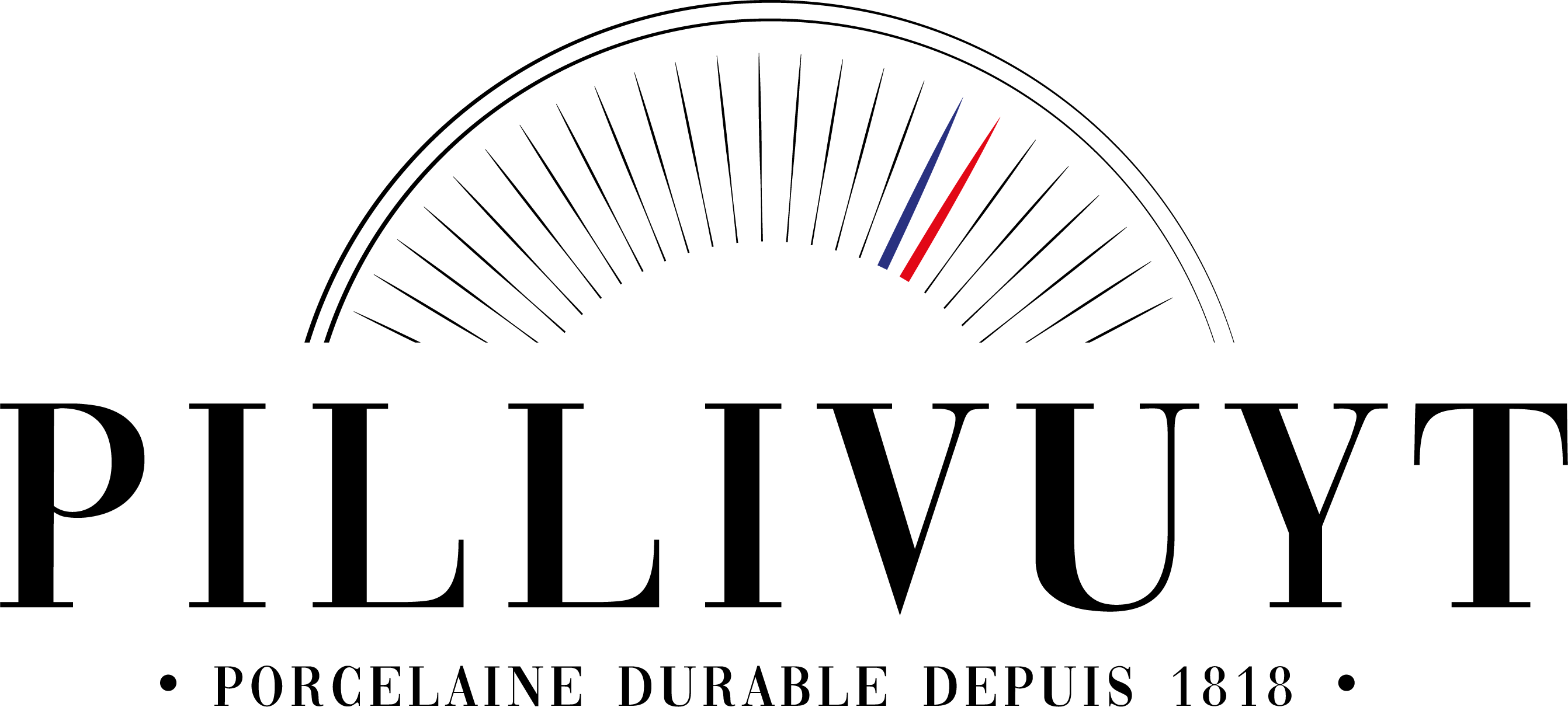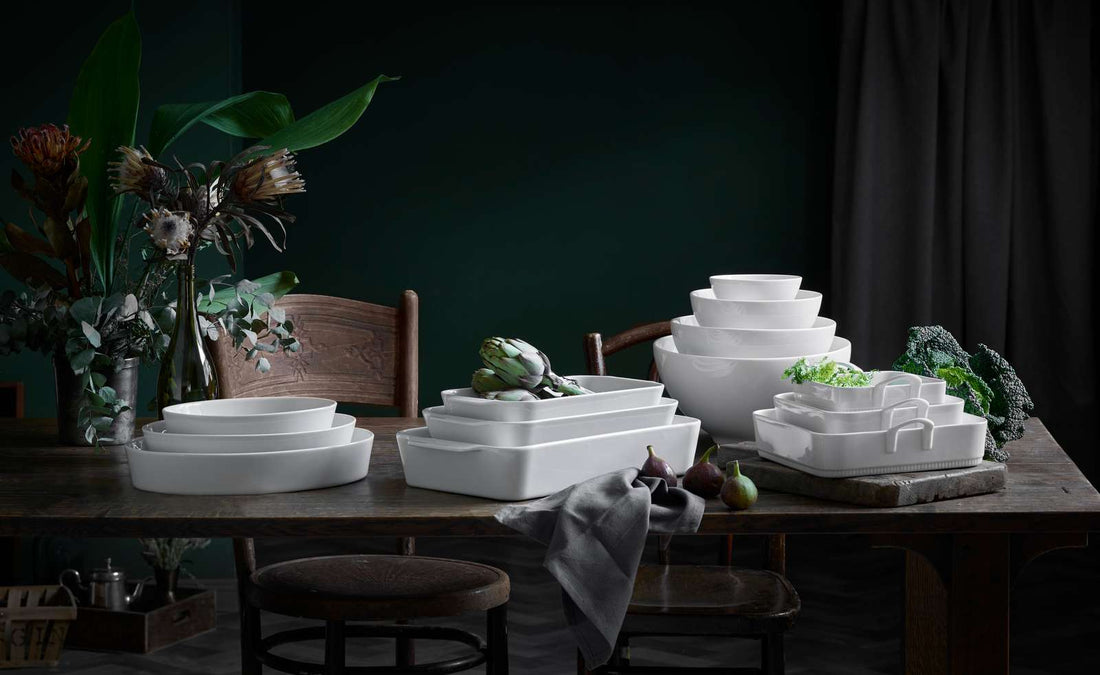White is often thought about in terms of innocence: a pure, unadulterated color that gleams with brilliance. For me, white porcelain embodies this idealism, moving beyond functionality to become vessels of beauty. There are perfect platters and plates that shine, adorned with lacy rims and smooth surfaces, inviting you to display snacks and dinners or cakes and hors d’oeuvres. Softly and sympathetically, spotless, luscious, creamy white porcelain entices you to imagine yourself in a world, clean and honest, where laughter mingles with the clink of cutlery and where goodness reigns supreme.
The basement of my former apartment building in Manhattan wasn’t anything unusual, just five trash cans in a fluorescently humming hallway next to a room with a washer and dryer. Everything down there was a shade of brown: the walls, the trim, and the trash cans, so the bright white platter was easy for me to spot. I identified it right away, my years of obsessing and researching paying off: an oval Pillivuyt Queen Anne platter. Her scalloped edges were leaning up against one of the trash cans, someone in my building so carelessly discarding this piece that I knew hadn’t served her last dinner party. I noticed a very small chip out of her festonné rim, but imperfections are endearing. So, I carried her up to my apartment, cradled tightly in my arms, gave her a gentle scrub, and tucked her in tightly on the shelf with the rest of my white porcelain.
I began admiring French white porcelain when I was in high school and collecting it early in college when most of my peers were collecting phone numbers and notches in their bedposts. I fantasized about having a place to display platters and, most of all, cake stands, imagining a shelf where I could line up a row of them as strictly ordered as the alleys of linden trees at le Palais-Royal. But what I could afford then were tiny ivory pitchers to fill with cream for coffee I didn’t yet drink and to hold writing utensils on my desk. I found them very inexpensively at a restaurant supply shop in my hometown and bought them by the handful, just so I could say that I had them. And in college I got a part-time job at a fancy kitchen store at the mall for the employee discount, and so that every day I could be near the porcelain display and ponder which pieces to save for.
Nestled in the small commune of Mehun-sur-Yèvre, France, the Pillivuyt house started in 1818, when the visionary Jean-Louis Richard Pillivuyt laid the foundation for what would become a bastion of French porcelain. With attention to detail and a commitment to excellence, Pillivuyt porcelain quickly earned a reputation for its beauty and durability, receiving the “Enterprise du Patrimoine Vivant” label, distinguishing it as a French company with authentic expertise. Over the centuries, the Pillivuyt legacy has endured, gracing the tables of royalty and everyday enthusiasts alike, from palaces and bistros to my kitchen table.

What I love about Pillivuyt is just that: it is special enough for your finest company but perfectly functional for everyday use. This is what I’ve learned as the epitome of the French mindset: make simple things very well, starting with good quality, and they will speak for themselves. This confidence makes me, in turn, confident to display what I cook without reservation, a dish’s white background not distracting from nor competing with the food it carries. And, for me, to know it’s Pillivuyt, even if my guests don’t, allows me to breathe easier, feeling a piece of France in my hands and that its rainbow-shaped logo is stamped on the bottom.
I have come a far way from the days of just dreaming of a collection of white porcelain. I’ve spent a good amount of time in France, where my French friends find it amusing that I have this idée fixe, or that I even know what Pillivuyt is. I scour Parisian porcelain shops to find pieces I want, carrying them in my suitcase back to America. My love for cake stands lives on, and I sometimes use my pitchers as vases. I have a stack of oval roasters (and, ok, rectangular, too) that I love to roast chickens in, beautiful enough to carry from hot oven to table. And as for my Queen Anne platter, she has served many more dinner parties, still slightly chipped yet sure of the job she is there to do, a testament to Pillivuyt’s enduring legacy and the quiet confidence that it continues to represent.

